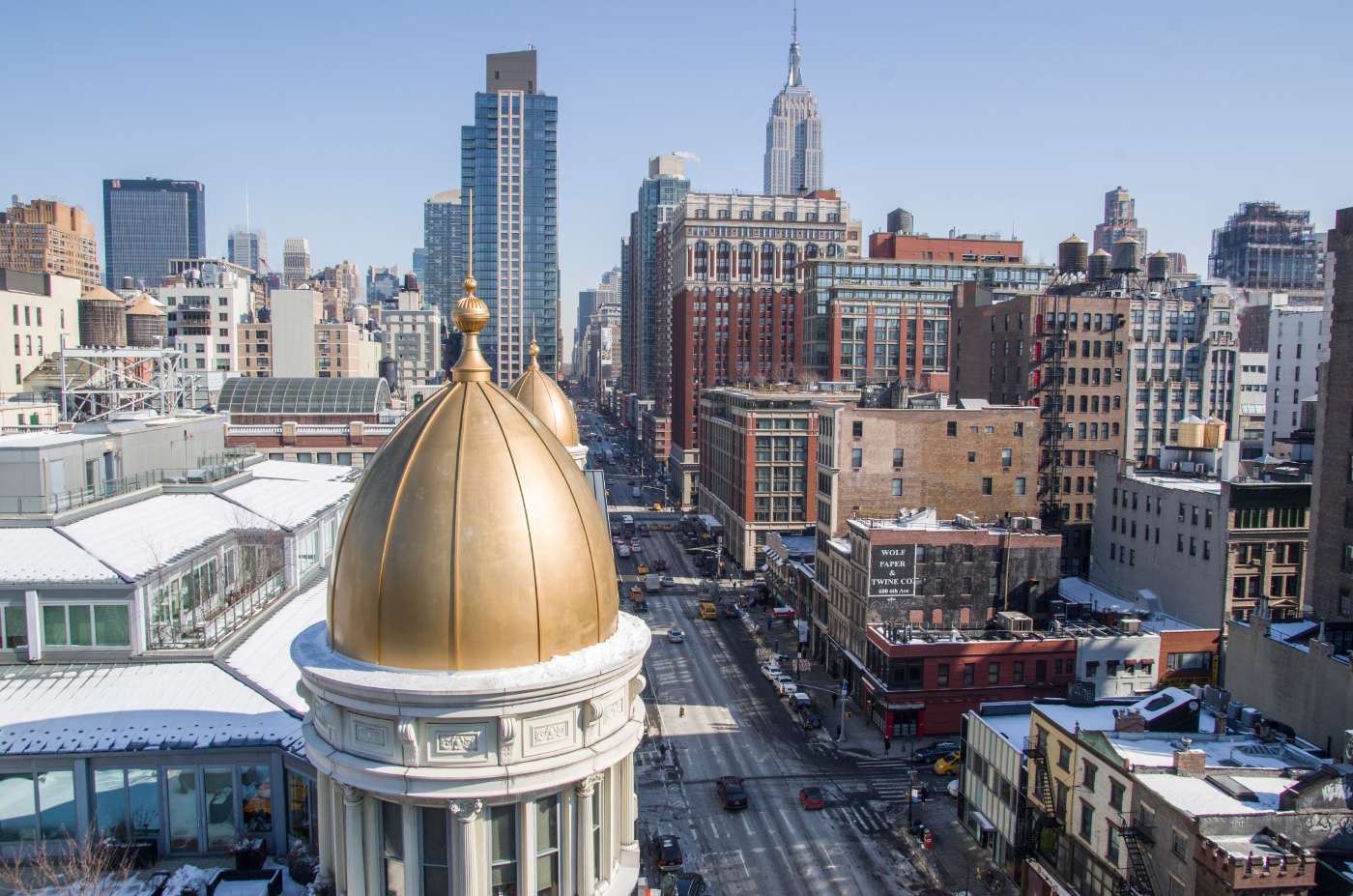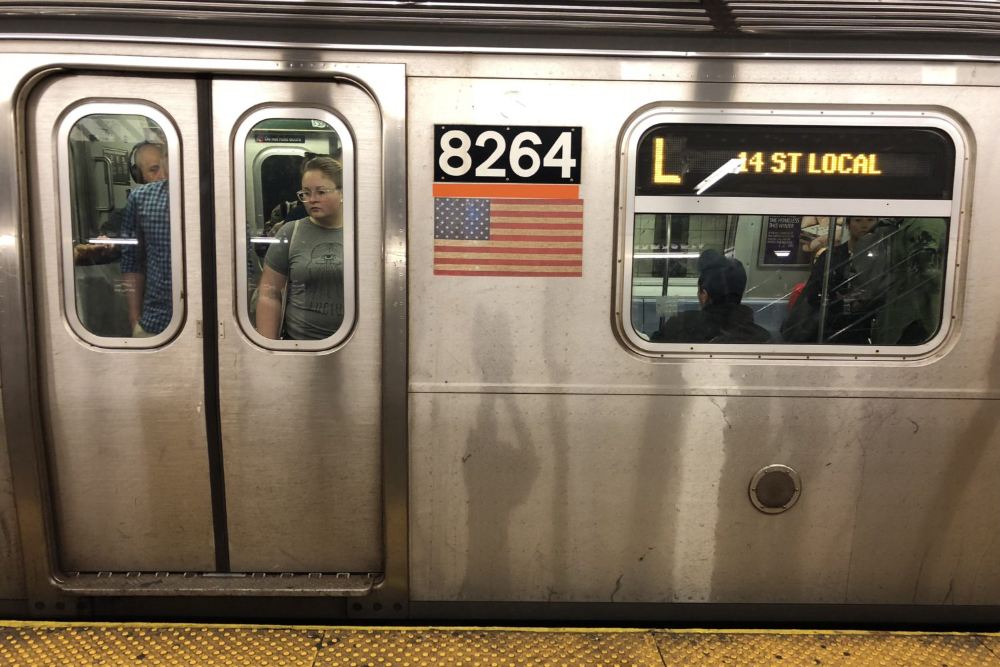Today’s New York Times is packed with urbanism stories, with three articles and two Op-ed pieces that made it to print. First, there’s Speaker Christine Quinn‘s exemption for Related Properties’ Hudson Yards project from the Living Wage bill. Then there are rumblings from Manhattan Borough President Scott Stringer‘s office that he isn’t pleased that NYU “seems to be backpedaling” on their 2.2 million square foot proposal. A source says the university may be able to get by on 1.5 million square feet. “When you propose a plan you know will overwhelm the existing community, you lose credibility with architects, planners and land-use experts, and you lose the heart and soul of a community,” the BP told the paper. But wait there’s more…
There’s a stunning rebuke of gated communities by Rich Bengjamin in the Op-ed. This was followed by Jessica Bruder‘s concern that Burning Man, the overnight city that rises in the Nevada each year, “is building its own kind of caste system” with scalpers charging more than $1000 for tickets.
Back in the New York section there is an article about the so-called Sixth-and-a-Half Avenue. Through mid-block crosswalks, speed bumps, and stop signs, the DOT is planning to better connect a series of privately owned public spaces, known as POPS, between Sixth and Seventh Avenue, from 51st to 57th Streets. But the article opens with a swipe at DOT bike lanes: “First came the bike lanes, creeping like overgrown ivy across the city streetscape.”
The idea for defining passages was first presented to CB5 about a year ago by the Friends of the Privately Owned Public Space (F-POPS). The group proposed naming the passageway Holly Whyte Way, after the great New York urbanist William “Holly” Whyte.
Loeb fellow and Streetsblog founder Aaron Naparstek found the Times lede a tad off. “It’s a little bit disappointing to see the New York Times metro desk framing yet another public space improvement as a tabloidy ‘bikelash’ story while completely failing to make any mention of Holly Whyte, the man,” he said in an email.
Architect and F-POPS president Brian Nesin said seeing connections defined remains the main focus, but “his work helped change the zoning to really improve pubic space in the city and we all benefit from that.”










